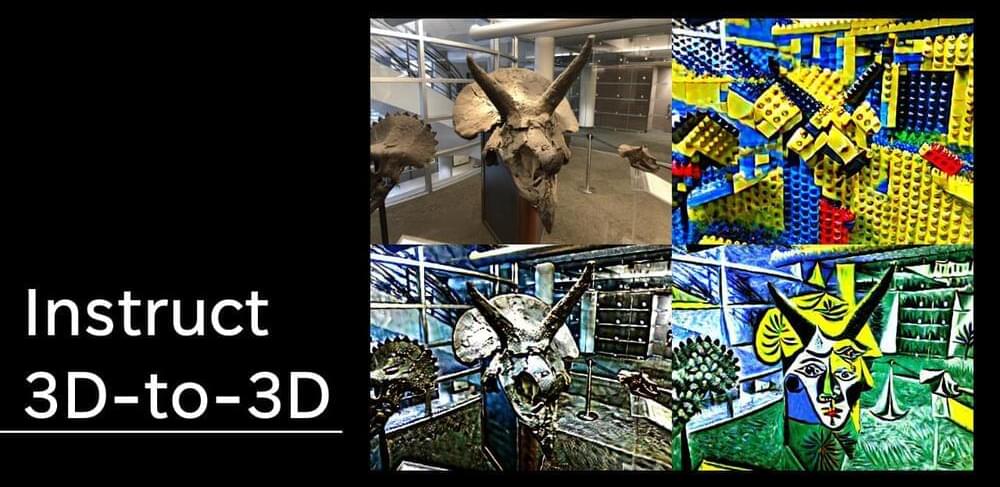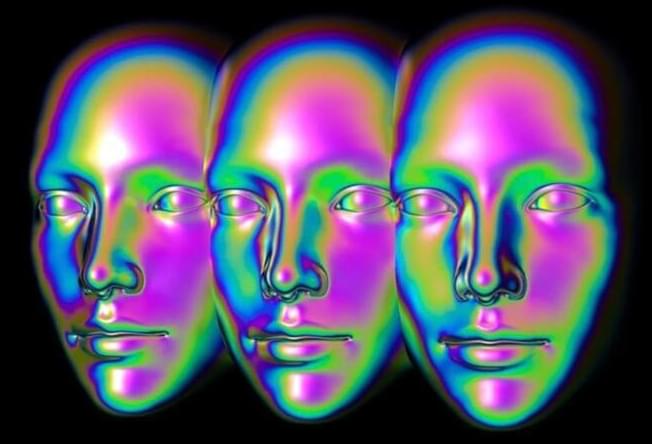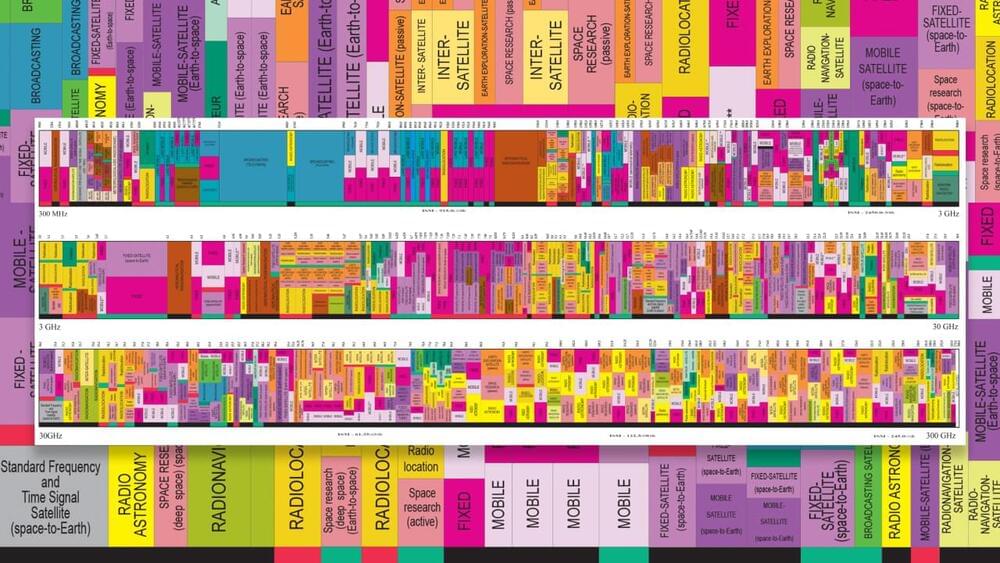Our Instruct 3D-to-3D is able to convert a 3D scene according to the text instruction.


This video explains transition vs transversion mutations.
Thank You For Watching.
Please Like And Subscribe to Our Channel: https://www.youtube.com/EasyPeasyLearning.
Like Our Facebook Page: https://www.facebook.com/learningeasypeasy/
Join Our Facebook Group: https://www.facebook.com/groups/460057834950033
Twilight Zone 80’s — 1×37 — A Small Talent for War When an alien visitor tells delegates at the United Nations that humanity will be exterminated because it has a. Twilight Zone 80’s.
When an alien visitor tells delegates at the United Nations that humanity will be exterminated because it has “a small talent for war,” the countries of the world struggle to forge a disarmament.
Seriously, can somebody please explain just what the heck is going on here?
For more awesome content, check out: http://whatculture.com/
Follow us on Facebook at: https://www.facebook.com/whatculture.
Catch us on Twitter: https://twitter.com/whatculture

https://youtube.com/watch?v=YerWN5b_-m0&feature=share
The story of the overdependence of mankind on technology written in the 1920s by E.M Forster.
“The Machine Stops,” which depicted a world where people spend most of their time physically isolated from one another but technologically connected.



For vulnerable premature babies, an incubator in the neonatal intensive care unit (NICU) is a lifesaver, but the consequences can last a lifetime. Many studies have shown that the NICU is a noisy environment and that babies who spend time there have higher rates of hearing impairment, which can lead to delays in language acquisition. Scientists from Vienna, Hamburg, Munich, and Osnabruck set out to investigate the role of the incubator, an underestimated element in the soundscape that surrounds babies during their time in the NICU.
“The motivation of our multidisciplinary research team concerns the question: why many more premature babies suffer hearing impairments,” said Dr. Christoph Reuter from the University of Vienna, corresponding author of the study published in Frontiers in Pediatrics. “We believe that what we have measured in our studies could be a leading cause. However, to understand how to protect premature infants from such noise levels, precise environment information is needed.”
Premature babies experience noise in incubators very differently to the uterus environment. Amniotic fluid muffles sound from outside the uterus, and most sounds heard in utero will be low-frequency sounds, with almost no abrupt noises. By contrast, sounds in incubators are much less muffled with many high-frequency components and abrupt noises. Although recommended noise limits have been established, these are often exceeded, especially when incubators are handled or opened.
Megamouth sharks are extremely elusive, and not much is known about them. However, a pair of rare fish have been spotted swimming off the coast of San Diego.
Megamouth Sharks in San Diego
Fishermen captured a video of megamouth sharks in early September 2022. The deep-dwelling beasts appear to be in a courtship ritual. It was one of the rare sightings of the sea creatures. In fact, it was the first time ever that megamouth sharks were spotted in the area, Live Science reported.